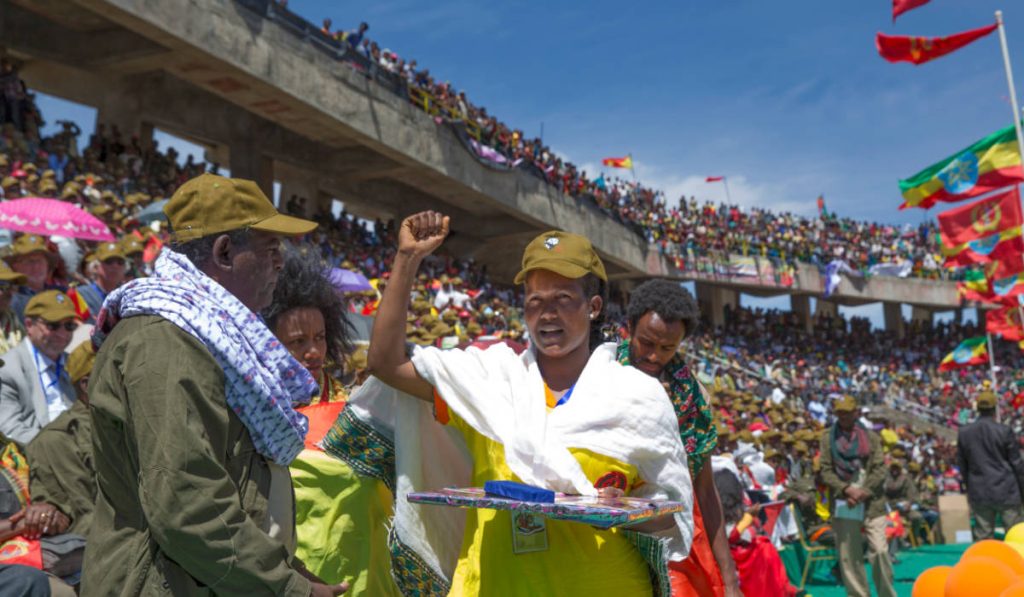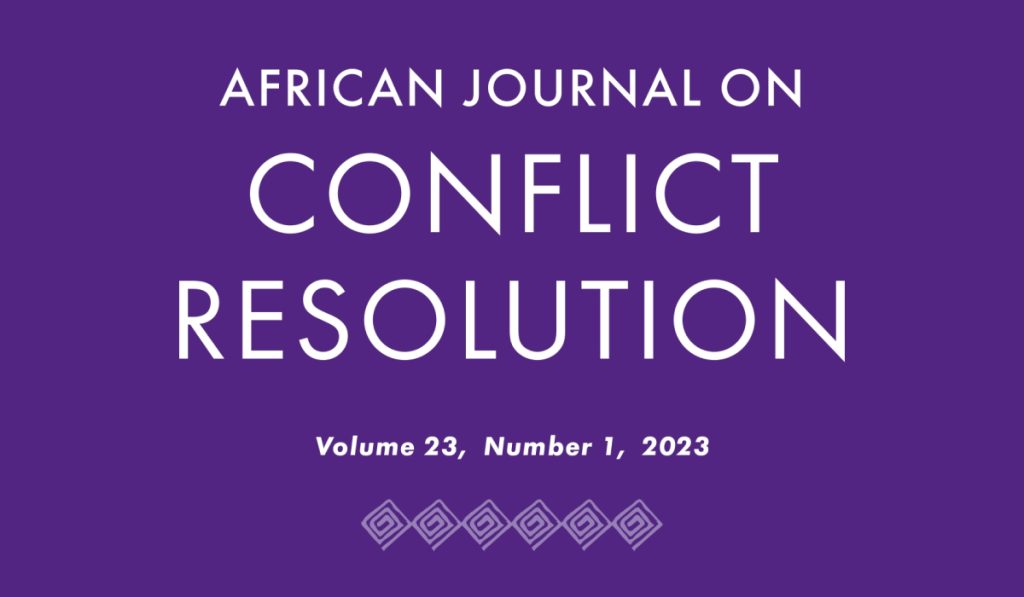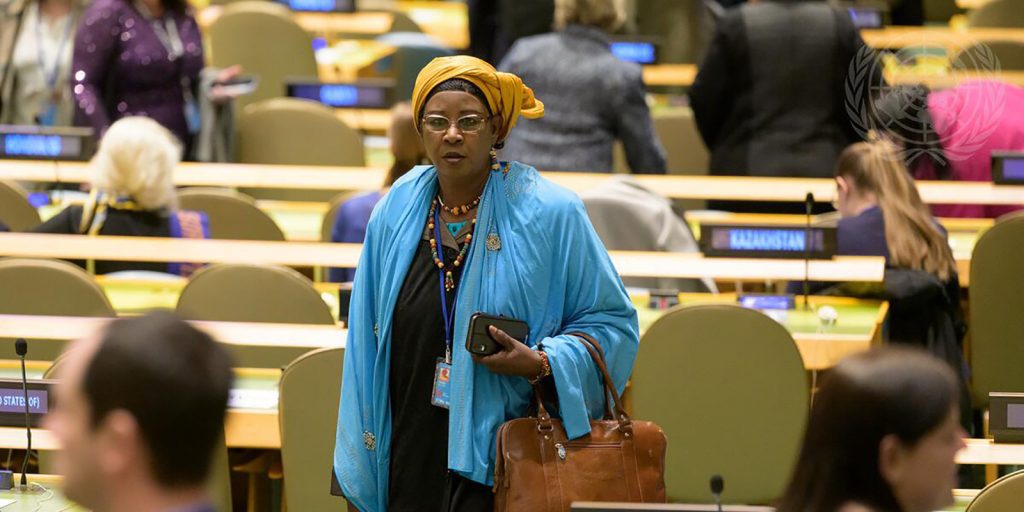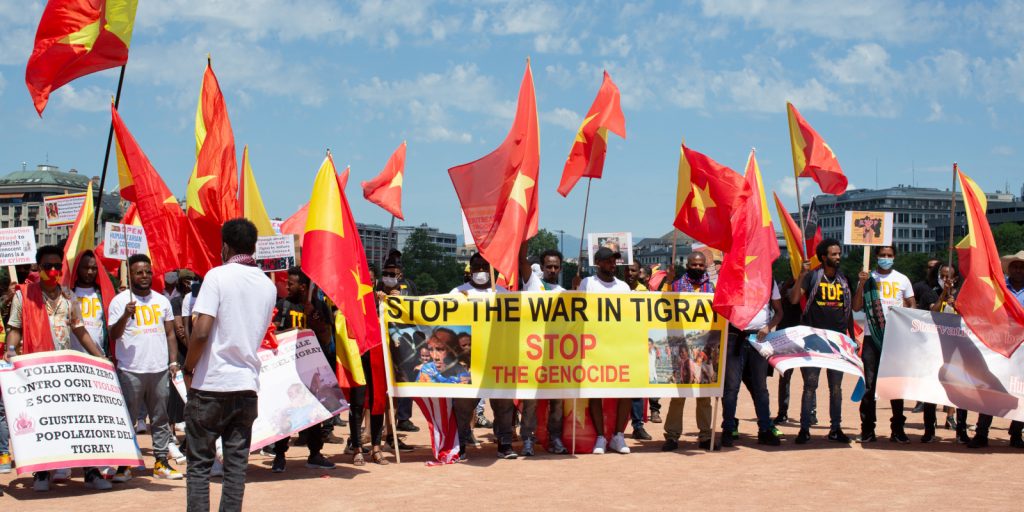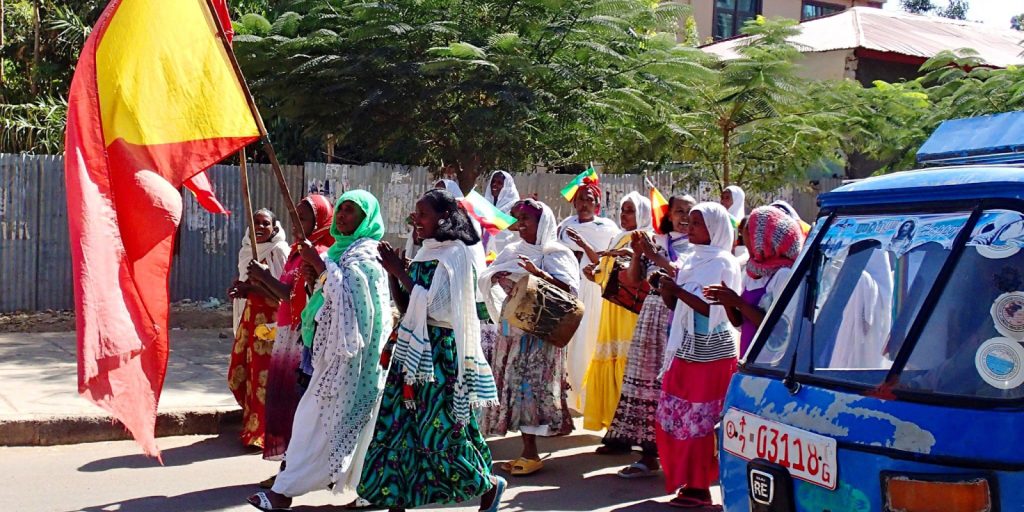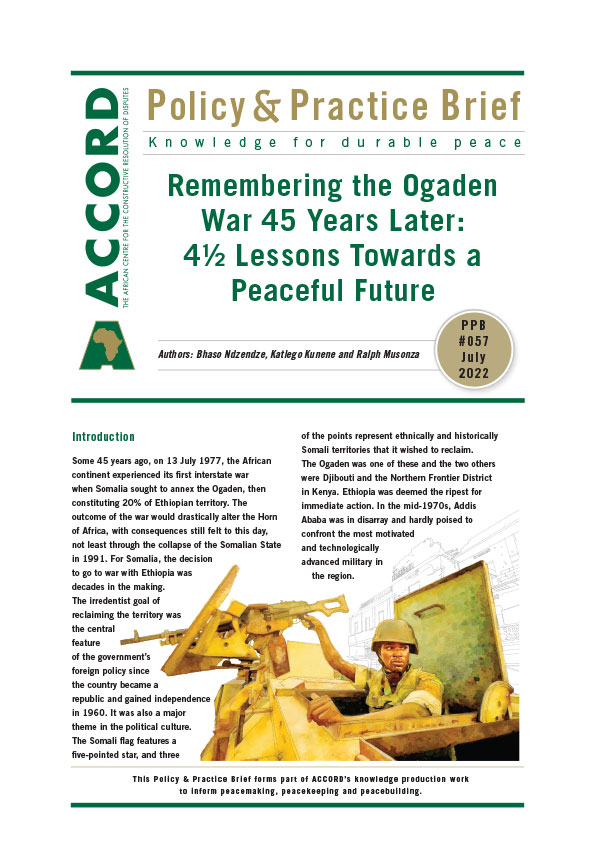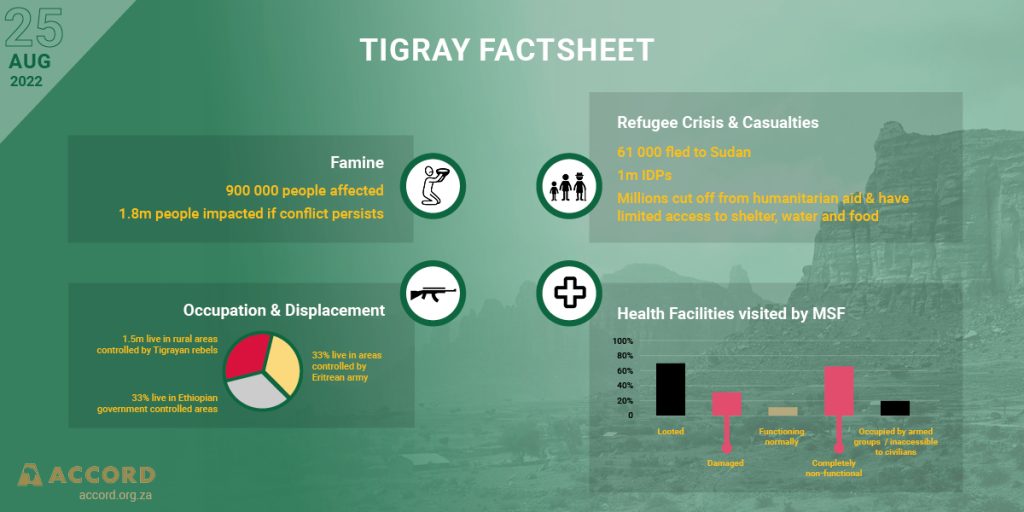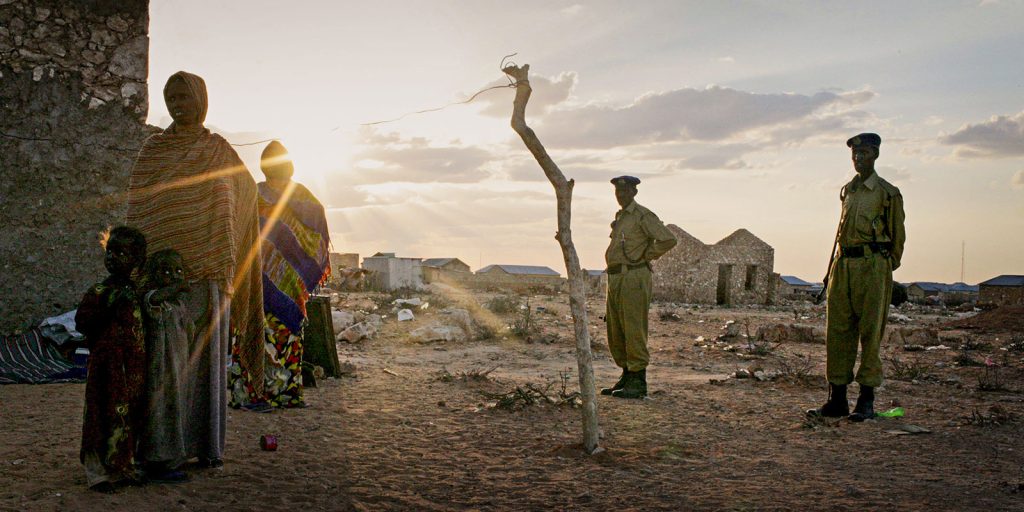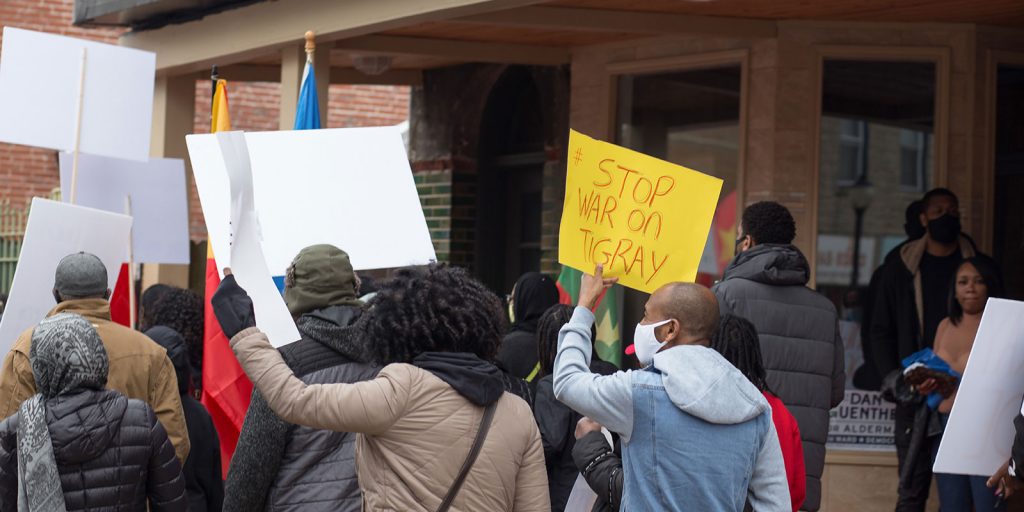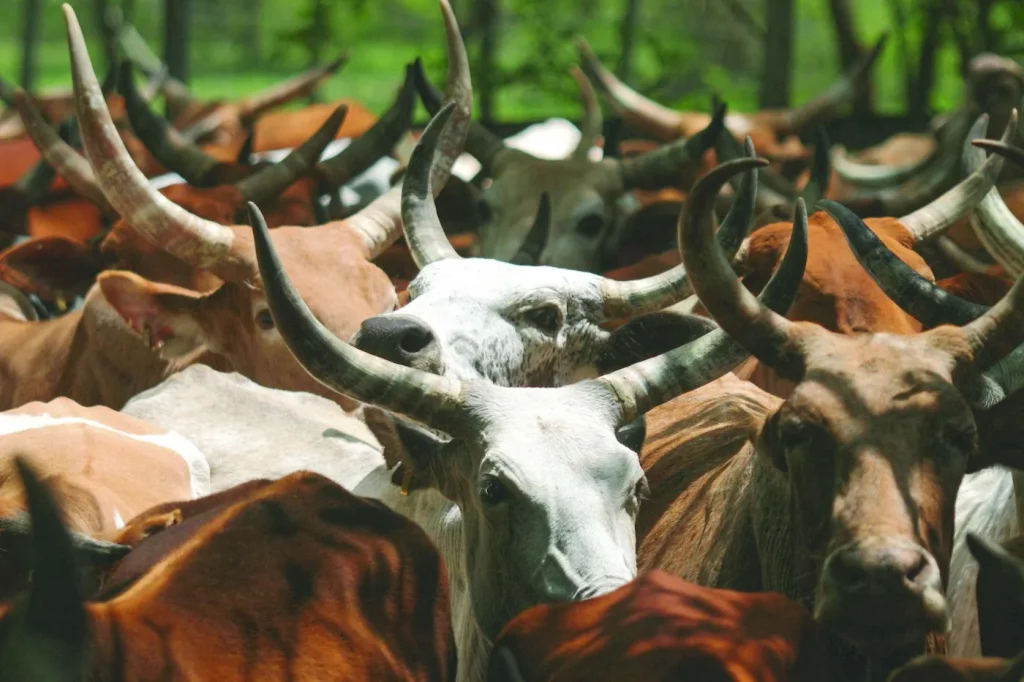
Resource-based conflict early-warning system in the Hammer, Nyangatom, and Dassanech community of South Omo, Ethiopia
In Ethiopia, the pattern and forms of the recent violent conflicts in pastoral areas indicate that they have been involved in resource control and utilisation competition. An in-depth investigation of natural resource-based conflict and its dynamics in the South Omo Zone in Ethiopia is the focus of this article.

